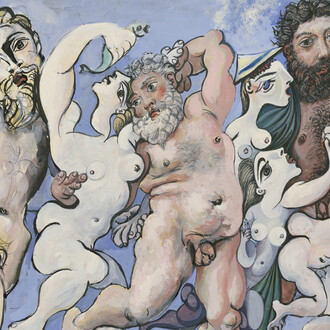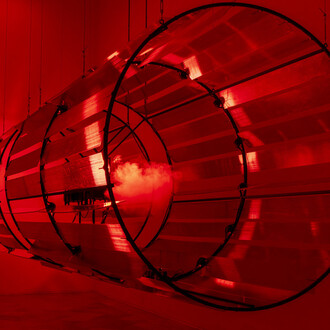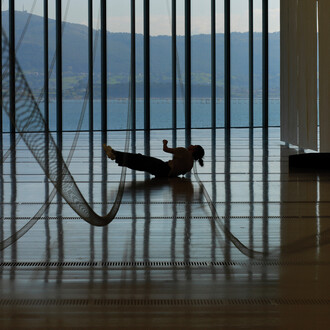Prats Nogueras Blanchard is pleased to announce a new exhibition by Hannah Collins (London, 1956) that will be presented in our Madrid space. Her practice intricately weaves visual research, poetic inquiry, and cultural dialogue between cultures and territories. The exhibition assembles a diverse array of photographs, sculptures, drawings, and handmade beeswax votive candles, in a conceptual exploration of the relationship of fire with memory, body, landscape, and materiality.
Fire appears here not only as a natural element, but also as an ancestral symbol of transformation, guidance and resilience. Through images that bring the physical and the spiritual into dialogue, Collins explores our relationship to the inhabited earth, engaging with both subterranean realms and open skies, fostering an expanded vision of the universe.
Soy fuego is born out of the artist's personal experiences and significant travels through Latin America - from the Colombian Amazon to the volcanoes of Michoacán, the skies of the Atacama Desert to the forests of Veracruz - contexts in which she has established close ties with local communities, sharing knowledge and rituals that shape a deeper perception of nature and its cycles.
One of the central themes of the exhibition is Flaming forest (2021), a large-format photograph inspired by a memory from the Amazon rainforest: a shaman lighting the resin of the copal tree as a luminous guide in the darkness. “The image of the flames in the forest is my recreation of a memory. When the tree is lit, it does not burn; it represents an experience of a sustainable dialogue between humans and nature of synchronicity and symbiosis. The photograph is an act of imagination that is non-extractive.”
Collins reflects on the processes of extraction, observation, and transformation of the landscape. Her work features images of abandoned mines in Almería, the geological formation of a quartz geode, and traces of celestial bodies in the Atacama sky, alongside objects molded in wax and bronze—such as fruits, leaves, and everyday gestures. In this way, the organic and the artificial, the ancestral and the contemporary, coexist within the same space of contemplation. At this crossroads, Collins offers an intimate gaze on fire—not as a threat, but as a vital spark that connects earth, body, and cosmos.













![Saul Steinberg, The museum [El museo] (detalle), 1972. Cortesía del Museo de Arte Abstracto Español](http://media.meer.com/attachments/dfbad16c22c5940b5ce7463468ac8879f3b4bf23/store/fill/330/330/042ecf3bcd2c9b4db7ddbc57cb32e950c095835f7b5cd55b6e1576a6e78c/Saul-Steinberg-The-museum-El-museo-detalle-1972-Cortesia-del-Museo-de-Arte-Abstracto-Espanol.jpg)


